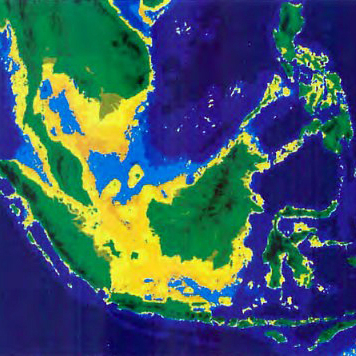Research & Article

Paleogeography, Global Sea Level Changes, and the Future Coastline of Thailand
By David S. Woodruff, Kathryn A. Woodruff
Published on 16 June 2024
Geography
Location of original sources
Natural History Bulletin of the Siam Society (NHBSS) ,Vol. 56, No. 1, 2008
Download
Paleogeography, Global Sea Level Changes, and the Future Coastline of Thailand
Today, the sea level is higher than it has been for 98% of the last 2 million years and in the next few hundred years it will rise even higher. We describe the changes in global sea level and the variable position of Thailand's coastline over the last few million years. Maps are used to illustrate the position of the coastline when sea levels were lower and higher relative to today's level: -120 m (20,000 years ago during the last glacial maximum), -60 m (the average level during the last million years), +5 m (125,000 years ago during the last interglacial period), +25 m (before ~3 million years ago. when the Greenland ice sheet began to form), and +50 m (briefly 5.4 million years ago, and earlier, before the Antarctic ice sheets began to form 35 million years ago). The paleobiogeographic implications of these historical changes for plants, animals and early humans are discussed. The projected increases in sea level with global warming and the partial melting of polar ice sheets (1.0-2.0 m (meters) by 2150 and 2.5-5.0 m by 2300) and the associated changes in the coastline's position will be described by reference to the historical changes. The impact of the sea level rise on Bangkok will be exacerbated by local subsidence and increased risk of storm surges. The reasons why the sea level rise projections used here are higher than those adopted by the Intergovernmental Panel on Climate Change (IPCC) in 2007 are explained.